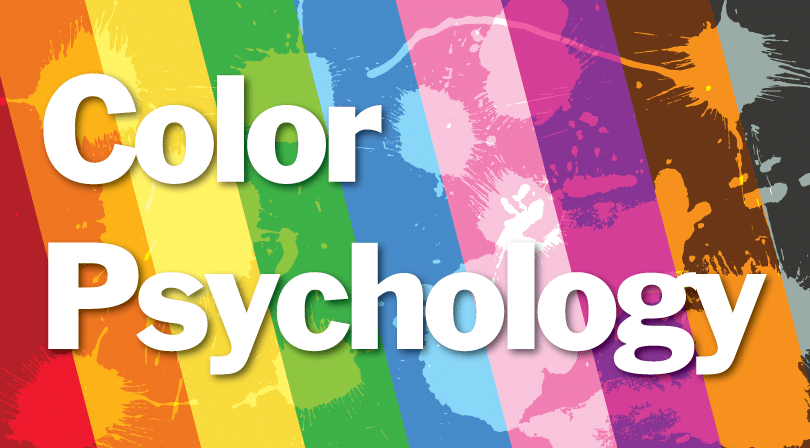
What is Color Psychology?
Color psychology is a field of study that examines how colors affect human behavior, emotions, and attitudes. It explores how different colors can elicit different psychological and physiological responses and how these responses can vary depending on factors such as age, gender, culture, and personal experiences. For instance, people often associate the color red with excitement, passion, or danger, while blue is commonly associated with calmness, trust, or sadness. Many industries, including marketing, advertising, interior design, and healthcare, use color psychology to improve the effectiveness of communication, branding, and user experience.
Why Is Color Psychology Important in Marketing?
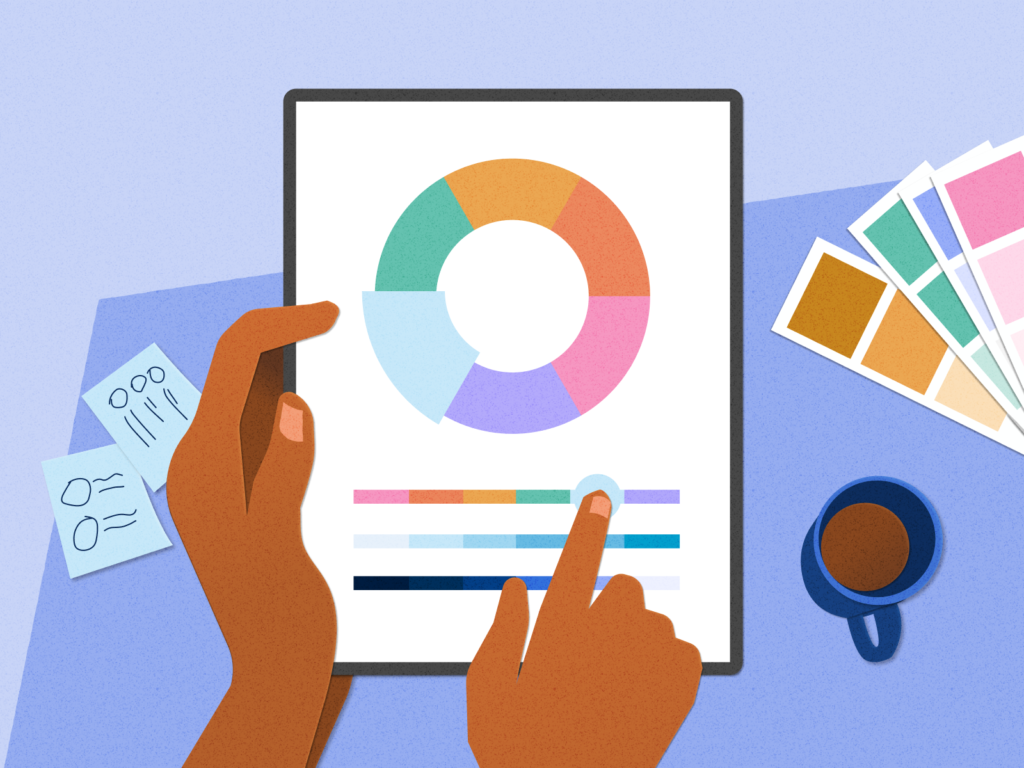
Color psychology is important in marketing because it can influence consumers’ perceptions and attitudes toward a brand, product, or service. By using colors strategically, marketers can create a desired emotional response or impression that can help differentiate their brand from competitors and increase customer engagement and loyalty.
To promote specials, discounts, or limited-time deals, bright colors like red, orange, and yellow, for instance, might elicit feelings of enthusiasm, urgency, and energy. On the other hand, cool colors like blue, green, and purple can create a sense of calmness, trust, and sophistication, making them suitable for promoting high-end products or services. Additionally, cultural and personal associations with colors can also influence consumer preferences and behaviors, which can vary across different regions and target audiences.
Therefore, by understanding the principles of color psychology and conducting research on the target market, marketers can leverage the power of colors to enhance brand recognition, recall, and loyalty, and ultimately drive sales and revenue.
List of Color Meanings
Red Color Psychology
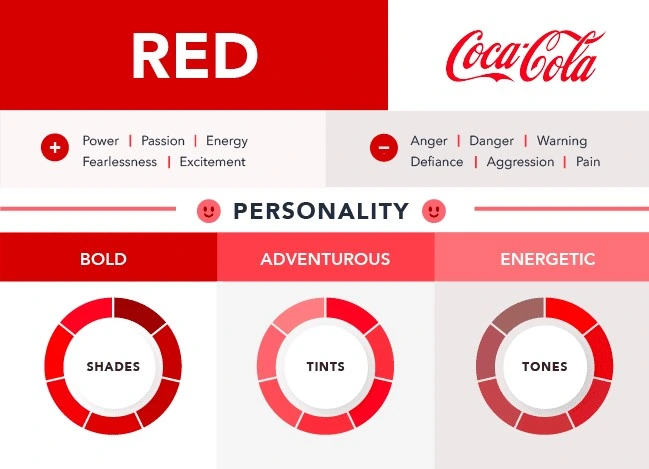
Red is a marketing color that can grab people’s attention. The meaning of the color red is that it signifies action, energy, passion, danger, excitement, and passion. You may have noticed that some brands use red on their packaging and “order now” buttons to stand out on the shelf. Red is the color with the most intensity in color psychology. As a result, it can elicit the strongest feelings. Red is also dangerous, so you should use it sparingly. Red should only be used for call-to-action or sale icons on your website if it will contrast well with your store’s design.
Orange Color Psychology
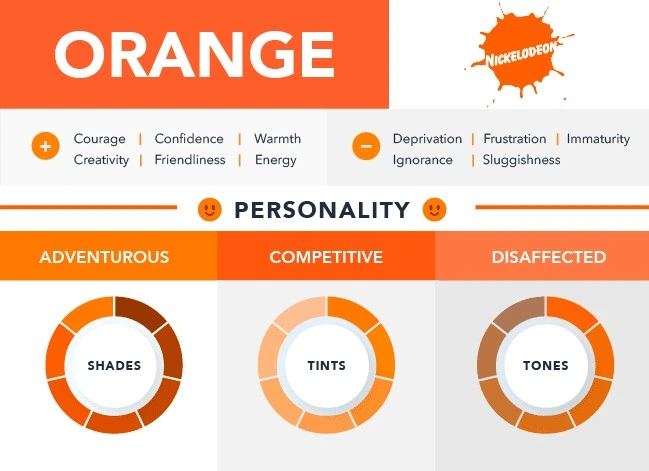
Orange is a color that symbolizes creativity, adventure, enthusiasm, success, and harmony in color psychology. Any image, website, or piece of marketing collateral featuring the color orange instantly gains a playful air. In spite of its drawing in variety, it’s not quite as telling as red. Many marketers still use the color for call-to-action buttons and other areas of a website that they want to emphasize.
Yellow Color Psychology
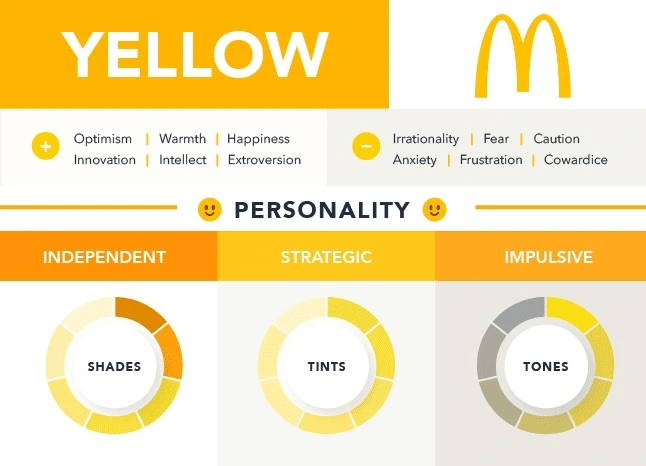
In a variety of brain research, the various significance of yellow rotates around daylight. It evokes feelings of deceit and caution as well as happiness, optimism, and summer. For their website design, some brands choose to use a cheerful yellow color as the background or border. You can likewise decide to use yellow for your ‘free delivery’ bar at the top of your site, assuming that it matches the remainder of your web compositions. Visitors to your website may be able to form a positive association with your store by adding just a hint of yellow.
Pink Color Psychology
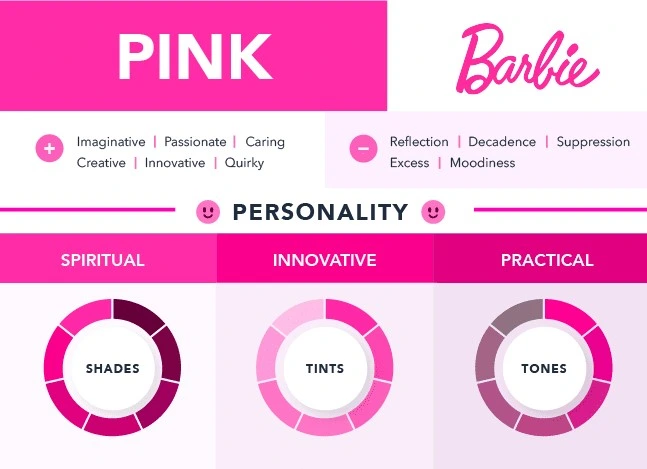
Pink is a standard color for companies that cater primarily to female consumers. According to color psychology, the connotation of pink is mostly related to femininity, joy, immaturity, and unconditional love. Several manufacturers use pink for product packaging, especially for girls’ toys. Additionally, some businesses incorporate pink into their logos and website designs or use it to highlight important topics.
Green Color Psychology
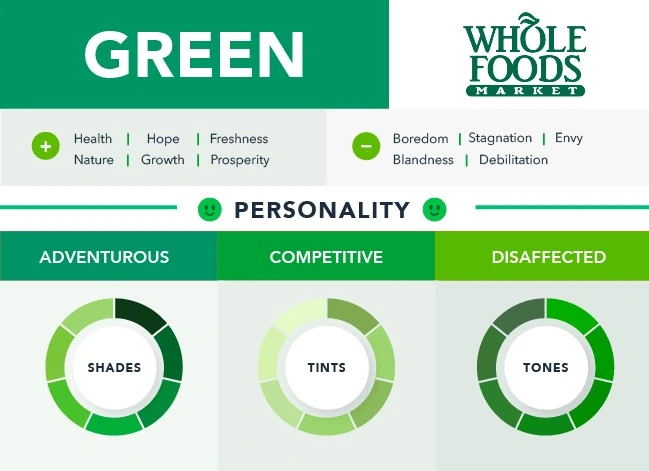
According to color psychology, nature, and money are strongly linked to green. Some of the positive color meanings for the color include growth, fertility, health, and generosity. The variety of importance for green additionally conveys a few negative affiliations like jealousy. You might decide to make your online store more environmentally friendly if you work in the health or fitness industry. For instance, your landing page pennant picture or logo could incorporate a green foundation.
Blue Color Psychology
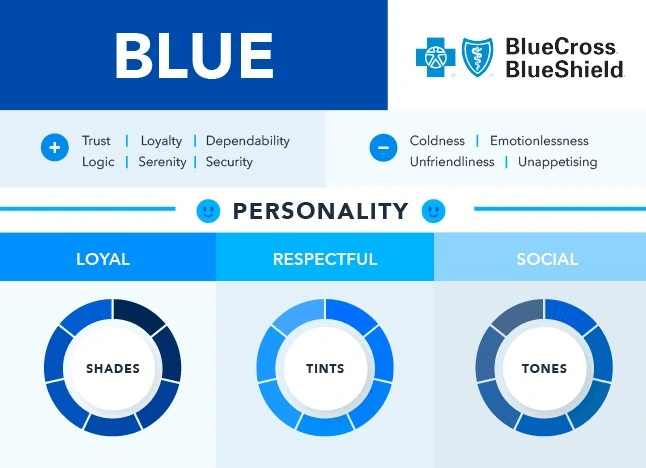
In various brain research, blue’s variety of importance is tied to the ocean and the sky. When you incorporate the color blue into your branding, you may evoke feelings of stability, harmony, peace, calm, and trust in your customers. On the other hand, blue can also have negative connotations, such as sadness and a feeling of being cold. Blue is an option for your website’s logo and top navigation. A few retailers add their assurance, trust confirmation, or free delivery symbols in a blue tone to reinforce the trust perspective the variety is known for.
Purple Color Psychology
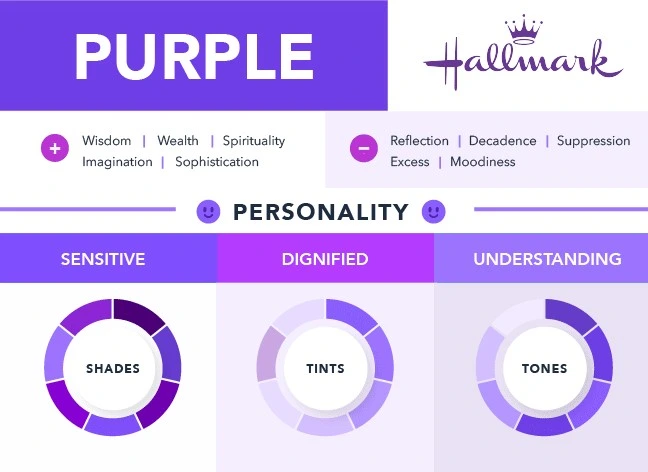
Purple is considered a royal color in color psychology. Purple’s color meaning is associated with power, opulence, wisdom, and spirituality. However, try not to utilize the variety a lot as it can cause sensations of disappointment. Some people think it’s arrogant to use it too much. On your website’s free shipping bar, in your logo, and as an accent color in your graphics, purple can be incorporated into the design.
White Color Psychology
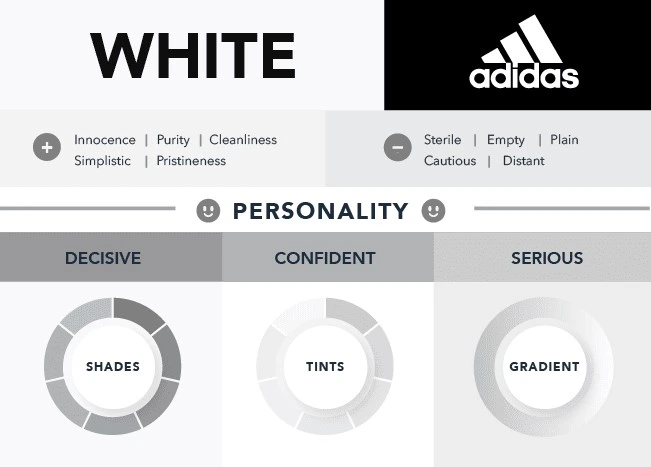
White symbolizes purity, innocence, goodness, humility, and color psychology. Remember, that this is the significance in North American culture. In certain areas of the planet, white has the contrary significance. Depending on your customer base, you should keep this in mind. White also has a negative connotation because it is associated with sterility and coldness. White is usually the color that gets used the most on an e-commerce website. It will probably serve as the color of the background for your product picture. The font on your pages will likely be black on a white background. This is due to the fact that the best color combination for readability is black font on a white background.
Black Color Psychology
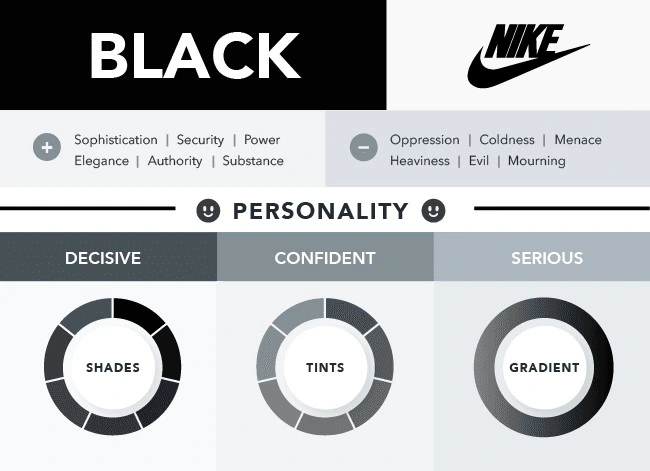
In retail, black is a popular color. Black’s color meaning in color psychology is one of mystery, power, elegance, and sophistication. On the other hand, the meaning of a color can also bring up feelings like sadness and rage. Many design retailers have involved dark in their logos. Because it is so simple to read, black is also a popular choice for text. In order to establish a particular tone or consistency on their website, some brands opt to use images in black and white for lifestyle banners or icons.
Grey Color Psychology
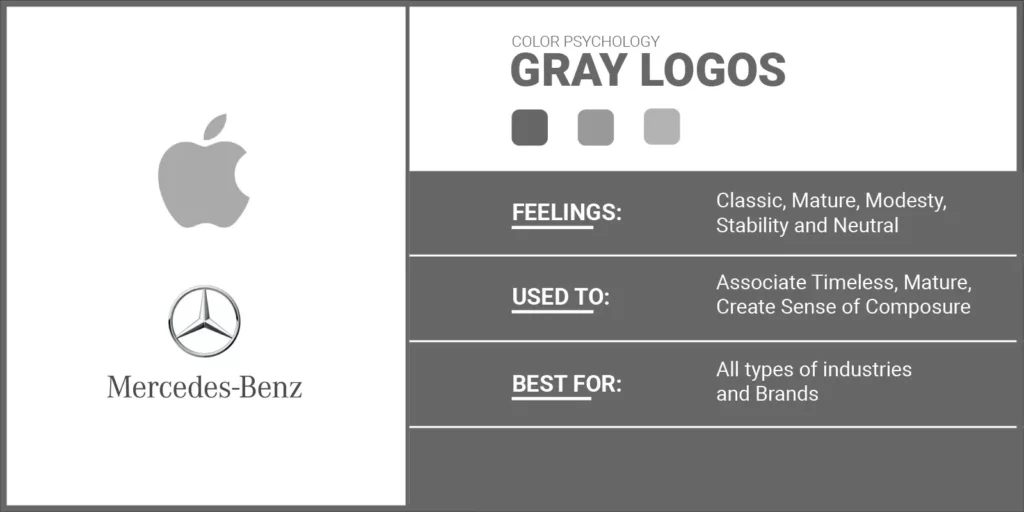
Gray is a color that stands for equilibrium and neutrality in color psychology. Its status as a shade in between white and black is probably what gives it its color meaning. However, there are some negative connotations associated with grey, particularly in relation to feelings of depression and loss. It lacks color, making it dull. Grey can be used to attract a large number of people as a color for fonts, headers, graphics, and even products.
Brown Color Psychology
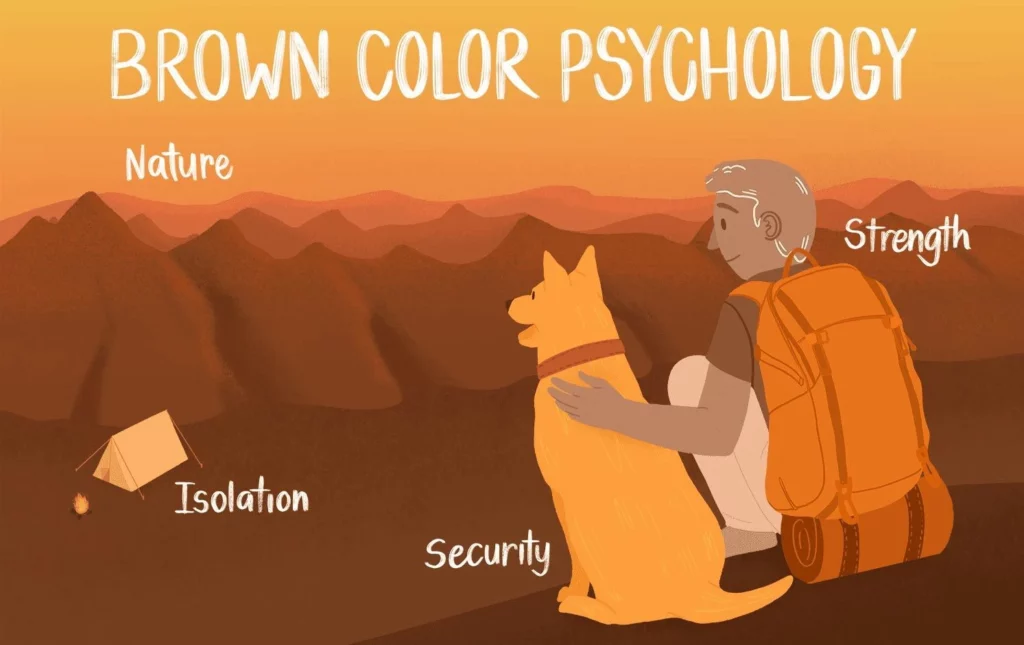
Brown has an earthy hue to it. All things considered, it’s the shade of earth, wood, and stone. Therefore, it should come as no surprise that the significance of the color brown is associated with ease, safety, and a straightforward nature. Brown is frequently used in marketing for food and natural products. Brown is a variety that appears in logos, standard pictures, and in some cases even text because of its difference in a white foundation.
Misconceptions Around the Psychology of Color
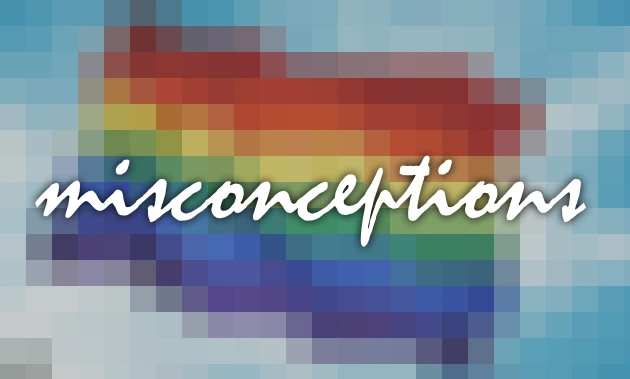
There are several misconceptions about the psychology of color, including:
1. Colors have universal meanings
In one culture, people may associate certain emotions or concepts with certain colors, but in another culture, the same color may convey a completely different meaning. For instance, purity and innocence are commonly associated with white in Western cultures, whereas some Eastern cultures view white as a symbol of mourning and death.
2. Colors have fixed meanings
The context in which colors are used can alter their meanings. Red, for example, can convey passion and love, but it can also signify danger and warning signs.
3. Colors affect everyone in the same way
A variety of factors, such as individual experiences, cultural background, and personal preferences, can influence how people perceive and respond to color.
4. Color preferences are gender-specific
Despite the assumption that certain colors appeal more to men or women, research indicates that personal experiences and cultural factors are more likely to influence color preferences than gender.
5. Color psychology is an exact science
While color psychology can provide insights into how people perceive and respond to color, it is important to recognize that it is not an exact science and that individual responses to color can vary widely.
Conclusion
In conclusion, the psychology of color plays an important role in marketing as it can influence consumers’ emotions, attitudes, and behaviors toward a brand or product. However, it is important to recognize that there are many misconceptions about the psychology of color and that the meanings and effects of colors can vary depending on individual experiences, cultural background, and personal preferences. Therefore, when using color in marketing, it is important to consider the specific context and audience and to use color strategically in order to effectively communicate the intended message and evoke the desired emotional response.
FAQ
Here are some frequently asked questions about the psychology of color in marketing:
Q. What colors should I use in my branding?
A. The choice of colors in branding depends on the message you want to convey and the emotions you want to evoke in your target audience. For example, blue can convey trust and reliability, while red can convey energy and excitement.
Q. Do certain colors increase sales?
A. There is no definitive answer to this question as the effectiveness of colors can vary depending on the specific product, audience, and context. However, some studies have suggested that certain colors can be more effective in certain situations. For example, red and orange have been shown to increase appetite and can be effective in promoting food products.
Q. Can color influence consumer behavior?
A. Yes, color can influence consumer behavior by affecting their emotions, attitudes, and perceptions toward a brand or product. For example, the color green is often associated with eco-friendliness and sustainability, which can appeal to environmentally conscious consumers.
Q. Are color preferences universal?
A. No, color preferences can vary widely depending on individual experiences, cultural background, and personal preferences. One culture may associate certain emotions or concepts with particular colors, while the same color may convey an entirely different meaning in another culture.
Q. Can using too many colors in marketing be overwhelming?
A. Yes, using too many colors in marketing can be overwhelming and confusing for consumers. It is generally recommended to use a limited color palette in order to create a consistent and cohesive brand identity.


